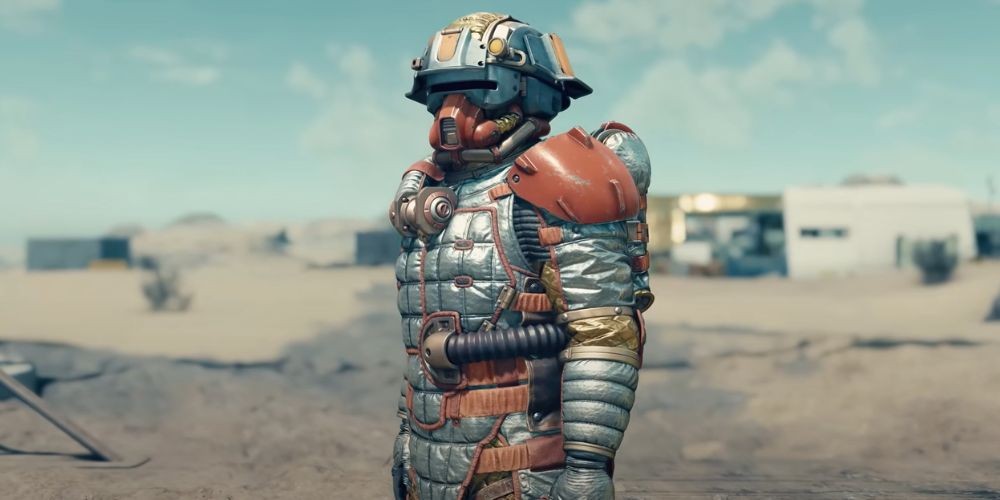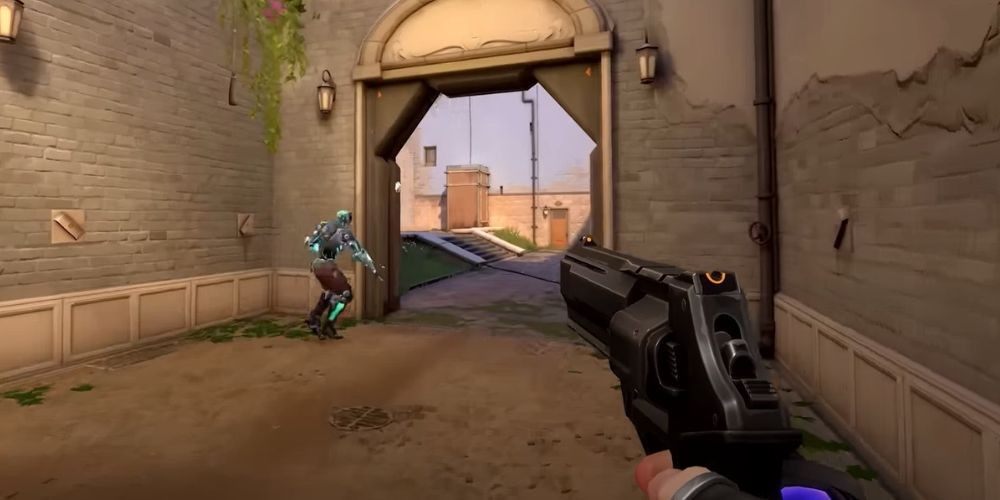Creating Engaging In-Game Tutorials to Enhance Player Experience
- Jun 09, 2024
- 664

In the bustling world of video games, user experience (UX) is paramount. A well-designed, interactive in-game tutorial can bridge the gap between confusing mechanics and player mastery, ensuring gamers quickly acclimate to new environments and controls. These tutorials, when done right, can captivate the audience from the get-go, making their gameplay smoother and more enjoyable. This article delves into the art of creating interactive in-game tutorials that promise a superior user experience.
The Importance of First Impressions

First impressions are lasting, and this adage holds true in the gaming world. When a player begins a new game, they need clear and concise guidance to get started. A seamless entry into the game, guided by an intuitive tutorial, can make all the difference. Players who are immediately bombarded with complex mechanics and unclear objectives are more likely to abandon the game early on.
Interactive in-game tutorials serve as this guiding light. Unlike static instruction manuals or splash screens cluttered with text, interactive tutorials engage players in a hands-on learning process. Players can immediately apply what they learn, which reinforces their understanding and retention of game mechanics. This dynamic learning environment sets the stage for a more rewarding gaming experience.
Engaging Players with Interactivity
To create a compelling tutorial, developers need to integrate interactivity right from the start. Rather than overwhelming players with information, drip-feed game mechanics through controlled, interactive segments. This gradual approach allows players to learn at their own pace, providing a sense of progression over time.
A practical example might involve introducing basic controls first, such as movement and camera navigation. As players become comfortable, you can introduce more complex mechanics, like combat or puzzle-solving. By steadily increasing the complexity, players build confidence and competence without feeling overwhelmed.
Balancing Guidance and Freedom
A successful in-game tutorial strikes a balance between guiding the player and allowing exploration. Overly rigid tutorials can stifle player creativity and lead to frustration. Conversely, too much freedom without sufficient guidance can leave players feeling lost and confused.

One way to achieve this balance is by utilizing subtle, context-sensitive hints. For instance, if a player is struggling to figure out the next step, a discreet hint can gently nudge them in the right direction without feeling intrusive. Additionally, allowing players to skip tutorial segments they feel confident about can cater to different skill levels and enhance the overall experience.
Incorporating Story Elements
Integrating tutorial elements with the game's narrative can enhance immersion and commitment. When players feel that their learning process is woven into the fabric of the story, they are more likely to stay engaged. This approach also helps maintain the game's pace and prevents the tutorial from feeling like an isolated, tedious segment.
For instance, you could introduce game mechanics through the eyes of a mentor character who is teaching the protagonist. This method not only explains the controls but also builds character relationships and deepens the narrative. Another strategy might be placing tutorials in unique, story-driven scenarios that mirror real in-game challenges, ensuring that the learning feels organic and purposeful.
Testing and Iterating for Perfection
No tutorial is perfect on the first attempt. Continuous testing and iteration are crucial to refining the user experience. Gather feedback through beta testing and focus groups to understand how players interact with the tutorial. Are there sections where they consistently struggle? Do they skip over important information? Use this data to make informed adjustments.

Moreover, keep an eye on player metrics post-launch. Game analytics can reveal usage patterns and problem areas that might have been overlooked during development. Regular updates and patches based on these insights show players that their feedback is valued and contributes to a smoother learning curve for future players.
Conclusion
Creating interactive in-game tutorials is an art that requires a keen understanding of player psychology and game design principles. By focusing on interactivity, balancing guidance with freedom, weaving tutorials into the narrative, and iterating based on feedback, developers can significantly enhance the user experience. A well-crafted tutorial not only helps players understand the game mechanics but also enhances their overall engagement and satisfaction.
In a constantly evolving gaming industry, the importance of a robust, interactive tutorial cannot be overstated. If done right, it serves as the base upon which all other elements of the game are built, providing players with a smooth transition from beginners to masters, fully enjoying the rich experience that the developers have worked so hard to create.